
Welcome to The Best Movie You NEVER Saw, a column dedicated to examining films that have flown under the radar or gained traction throughout the years, earning them a place as a cult classic or underrated gem that was either before it’s time and/or has aged like a fine wine.
This week we’ll be looking at STALINGRAD.

THE STORY:
Follow four German soldiers on their journey from the beaches of Italy to the unforgiving urban warfare of the single bloodiest battle of World War II to frozen killing fields filled with iron and blood, all in service of a Fuhrer whose ideals they don’t share and whose fury is not their own.
THE PLAYERS: Director and co-writer Joseph Vilsmaier. Actors Dominique Horwitz, Thomas Kretschmann, Jochen Nickel, and Sebastian Rudolph.

All we did… was read a lot of letters from soldiers. One had a young soldier saying ‘Now I believe in Hitler and all he says, but all the people around me say we will lose. I cannot stand this feeling, so I have to believe in Hitler and what he says – because if I don’t there is going to be no more meaning to the world. To believe him is the only way to survive.’ – actor Dominique Horwitz, on preparation for the part
THE HISTORY:
First, some background and numbers on the historical side.
Germany, supported by troops from Romania, Croatia, Italy, and Hungary, tried to crush the Russians under the iron treads of its cross and its tanks. For nearly six months they tried from 1942 through to 1943, triumph turning to doubt before righteousness and hope finally died a broken, frozen death. The Third Reich’s string of successes was broken by this battle – one which would not have been out of place if named by Dante as one of his icy hells – and the tide of that the Second World War began to turn. Bombings of civilians and soldiers alike quickly turned to close quarters combat amidst burning and bombed out ruins, and by the battles end these were the approximate numbers of the military dead and wounded (depending on who you ask, of course):
Russia: 1,000,000. As in the current population of San Jose, or a little more than Austin.
Germany: 400,000. A little less than Oakland.
Italy, Romania, Hungary, and Croatia: a little over 100,000 each.
More people were killed trying to take one building in that city than died during the occupation of Paris.
As for the film itself, only the second ever made by Germany about this subject, production was rough. Maybe not warfare rough, but it certainly must have sometimes felt like it. To begin with director Joseph Vilsmaier, who started his career as a camera operator before working his way up to director, was in a car accident during production. For one thing the damage to his back made him unable to operate the camera himself as was his habit and desire, but for another the accident ended up delaying a schedule that was meant to be shot in chronological order. He had intended allow the actors to naturally lose weight (by actually eating less and less) and thereby look more and more terrible over time, but upon return from the accident several key scenes remained unshot due to a lack of snow. And if you’ve seen the film you’ll know just how important a piece of tone and set dressing the weather provides.
STALINGRAD was shot primarily in Prague due to the actual locations having long since been rebuilt and refurbished, in temperatures as low as -30C (that’s -22F), with a cast of 12,000 extras from drawn from Germany, Czechoslovakia, and more (with one scene alone needing 1,500 at once). As his intention was realism and honesty at every turn, Vilsmaier made the extra effort to comb a nearby veteran hospital for extras who were missing arms and legs.
Released in Germany in January of 1993 to coincide with the 50th anniversary of the depicted army’s defeat, it remains one of the least romantic war films ever made.

“That is the important thing about this movie… this film tries to show how the young people feel coming into this battle, there is no glorification of tough German so]diers. They all thought they could win Stalingrad, believing that the world belonged to the Germans – the Nazis. It took the soldiers until January when there was no food for them to think about their situation. They all believed Hitler would save them and send in another army, but he didn’t… I know nothing about Nazis, apart from what I have seen in movies. This is about ordinary people at war, who are cowards, who don’t want to fight, but will do what they have to just to stay alive.” – Thomas Kretschmann
WHY IT’S GREAT:
If you haven’t seen STALINGRAD, let me start with this: there’s no glory. A lot of people die. Often they die suddenly and with no fanfare. Some characters do survive, though they one and all never seem to quite know how it they did. But they did, and so they go on. And on. And on. And on. Until day or war or life is done. And sometimes – oftentimes – those are end up being the same.
STALINGRAD opens in the Italian summer as a soldier, the German Eagle stamped in black on his tank-top, drifting lazily across the screen atop a gondola. That’s the first thing you see, while the first words you hear are “Hearts are trump.” On the one hand this is exactly what it sounds like in that it refers to a card game, while on the other hand it articulates so plainly the hope these soldiers start their journey with. If they have any ideal, it’s that as human beings they have an internal fortitude and a wealth of feeling that will see them through the worst that life can throw at them.
Once the credits roll, you realize there’s no other way this film should – or indeed could – open.
The first scenes in Italy reveal to us an army of soldiers for whom the war is little more than a vacation at best and an adventure at worst. Life, the mission, their friendship, their job, it’s all so bright and warm and easy. Sure, there’s a certain element of danger to what they’re doing – they’re recently returned from the fighting in North Africa and caring wounded comrades – but for these foot soldiers the cost has fundamentally been minimal on their emotional, psychological, and moral fronts. The war and all its horrors are a faraway nightmare, their only real and present concerns being women, alcohol, games, and the beach. But paradise never lasts, and illusions will always blow away like smoke on a windswept battlefield. Hitler elects to invade Russia on the way towards India and eventual earth-wide conquest, and so the soldiers grab their gear, board a train, and ride out. The opening makes it clear that these soldiers we’re going to follow are simply human beings, men who have lost and suffered but who have also loved and celebrated, and who either way have little interest in domination, violence, or glory. There will be many times before the film’s end where our core characters reiterate that they are not Nazis, expressing by turns doubt, dismay, and shock at the commands of their officers and the revelations of the purpose they’re meant to serve. It is a harsh lesson and a horrific one, one we watch them uncover organically until one character at last states so very simply: “I no longer feel bound by my oath.” A powerful thing for any soldier – any patriot – to be driven to say, and a German one especially considering their general presence in pop culture as faceless villains at best and screeching demons of hate at worst.
The film follows three soldiers under the command of a new Lieutenant, tracking the four of them from Italy to Stalingrad and through from there to the Sixth German Army’s bitter end. It is a harrowing journey told with precision and without fear, constructed a structural narrative flow that manages to follow the desperate stumblings of war itself. From battle to chow to sewers to survivors to makeshift hospitals to more battle to more and more and more, STALINGRAD’s narrative is a journey of disillusioned young men through chaos, loss, death, and above all those rare moments of human connection that always arise unexpectedly but somehow manage to save the witness for that moment of experience. A Russian soldier with a spoon in one boot and a knife in her other, a family crouched in hiding in one dark corner just around the bend of a river of shit, a young boy trying to save a comrade, a troop of soldiers arrested for abandoning the relentless killing in an attempt to save their comrade. All of which, taken hand in hand with production size and quality, make it ever so easy to forget that we’re watching actors on a set in Czechoslovakia wearing makeup (made out of ketchup because the synthetic blood would freeze). So easy to forget we’re watching a movie. And for a subject like this, what could be more powerful than that?

The jolly and triumphant music that sends the soldiers off to war fades into a screaming whistle as, from the POV of the train itself, we are engulfed by the darkness of a tunnel…
… only to emerge in the hellhole that the titular city has been transformed into. It is a transition that signals to us the same evolution that will be undergone by the four soldiers, one which takes them from being guys on a beach, to soldiers/killers by necessity of survival, to executioners, and finally to the dispassionate walking dead. But in between those stops along the way, the movie makes sure to give each of these characters – manly, cool, relatable, experienced, violent characters – their bare and human moments. Admitting they’re scared, admitting they’re sick of this, admitting they’d rather walk thousands of miles on foot or even die if it meant they could stop. Vilsmaier’s astute filmmaking skill ensures that even as the tone shifts it does so naturally and responsively, ratcheting up the tension tighter and tighter with every sequence while still interspersing humor and light to give us some relief. And even as he does so, it works not just in terms of filmmaking skill but in terms of reflecting once again the flow of the war experience itself, moving startingly from the exchange of “I shit my pants” – “You’re not the only one” straight into a mournful trumpet and a battlefield strewn with the bodies of the dead and dying. The production quality and intention succeed brilliantly in how they show the blunt brutality of the warfare, with soldiers fighting, crawling, crying, scrambling, stumbling through bodies, mud, glass, blood, fire, smoke, snow, cacophonous shelling and shooting, fear, shit, collateral damage, with much of the action shot looking up at the action from the level of the soldiers themselves.
Which is all to say, basically the opening scene of SAVING PRIVATE RYAN but first even more brutal. Except that’s not all STALINGRAD is, which is just as well because that would be detrimentally exhausting. No, the deeper power of the film and its narrative structure come from how the most familiar war-related scenes and scenarios are shown early on. The biggest battle is in the beginning, and from there the focus lasers in on the human elements, the film’s scope growing smaller even as its impact on us expands. The four soldiers we’ve been following continue to get into trouble with their commanding and superior officers, though it quickly becomes clear that the circumstances have so warped people that “getting in trouble” often equates to doing what is effectively the right, merciful, moral thing. And so the war itself shifts from outward to inward, the film taking great care to guide these characters we’ve come to care about through test after test of their ability to hang on to their humanity. By the film’s end, after all the bombs and the death and the scene after scene of misery and loss, the only war that matters any more is the one each person fights in their own soul. Outer landscape becomes inner landscape, the stakes reduced to whether those left alive can take just one more step.

“There’s a young German author, Kristof Fromm, who was interested in Stalingrad and he wrote this script. I read it and worked on it for a long time making it less a documentary and more a movie with feelings. We show the shooting of Soviet civilians, for example. Among them is a boy of 13 years, and there are some people in Germany who know that the soldiers couldn’t do something like that, but the story does reflect the truth, that did happen. We show the chaos in the December when the cold came and no supplies were coming in to Stalingrad. There were 300,000 German soldiers there and by January the bread ration was 100 grammes a day and there was an order from army headquarters that wounded and sick people should no longer be fed. They had no medical supplies so they took wounded people and left them out in the cold just to let them freeze to death because they could not help them. We show all of this, and some people are not going to like it.” – director Joseph Vilsmaier
If you haven’t seen STALINGRAD, let me end by telling you about two images that come a little over halfway into the movie. Two images that reveal war in a language that transcends the spoken or the written. One, half of a body screaming in the snow until it suddenly stops. Two, a man limping away from a tank, the camera perched on the side of the tank, bearing down on this man until it crushes him under its tread. It is in these moments, and so very many more, that STALINGRAD asks us: what is really worth dying for? What is worth doing (or not doing) to preserve even a sliver of ourselves? And once you’ve seen the worst of yourself, how do you find something worth surviving for?
For towards the end, we witness just how hollowed these men are. They are worn and frozen, and almost thankful for it. “The best thing aboutt the cold is you feel nothing” says one. “Everything freezes. It’s too cold to cry. Get out of here, Fritz. I mean it. Go! The bet thing about the cold is… you don’t have to worry about sunburn. Ever been to the desert? You’d hate it. It’s so hot… you’re always… sweating. You think you’re melting, like butter. The desert is shit. Except for the stars. They’re so close… you know?” The cost of what they’ve done and what was done to them isn’t just shown to us in injury or deed, but in how they can only survive second by second as they trudge, trudge, trudge across a frozen wasteland towards a future that is either acutely certain or assuredly uncertain.
Either way, what awaits is terrifying.
Or maybe… maybe they no longer see a future.
And wouldn’t that be the greatest casualty of all?
BEST SCENE:
In a movie filled with best scenes, there was one which stuck in my memory from first viewing ten years ago through to the second I did for this column. The tank scene. If you’ve seen the film you’ll know what I mean and why. If you haven’t…
SEE IT:
You can buy STALINGRAD on Blu-Ray + DVD HERE!
PARTING SHOTS:
December 26. We’ve eaten all the horses. I’d even eat a cat: cat meat can be tasty. The squaddies look like corpses or zombies, searching for anything to eat. They don’t even try to duck from the Russian shells – they haven’t the strength to run or hide.
– German soldier Wilhelm Hoffman, from his diaryMy dear brother! Sorry about the messy handwriting, my hands are frostbitten and my head’s confused. We’ll never get out of here. The breakthrough won’t happen. We’re all dead here – it’s just that we don’t decompose, because of the Russian frost.
– Helmut Quantz, OberLeutnant, January 24th 1943






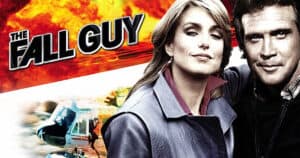

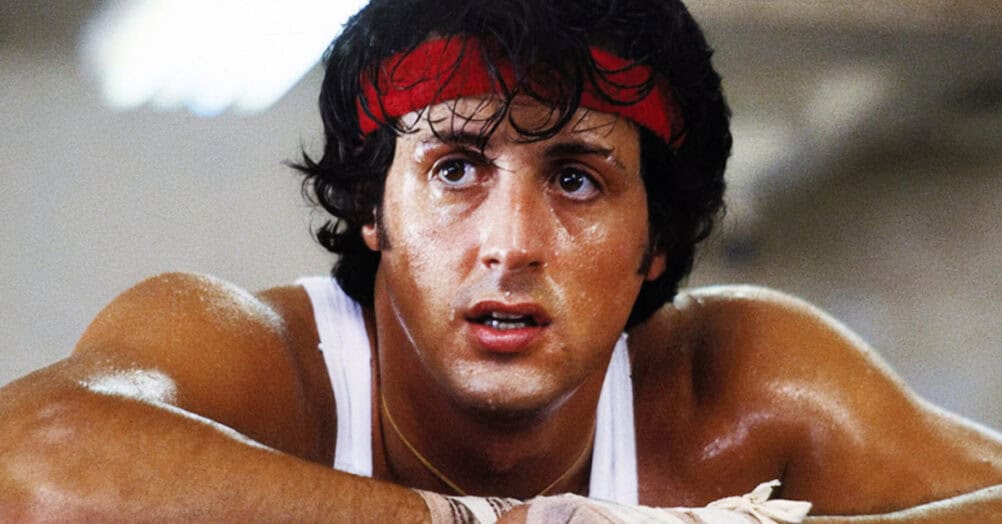



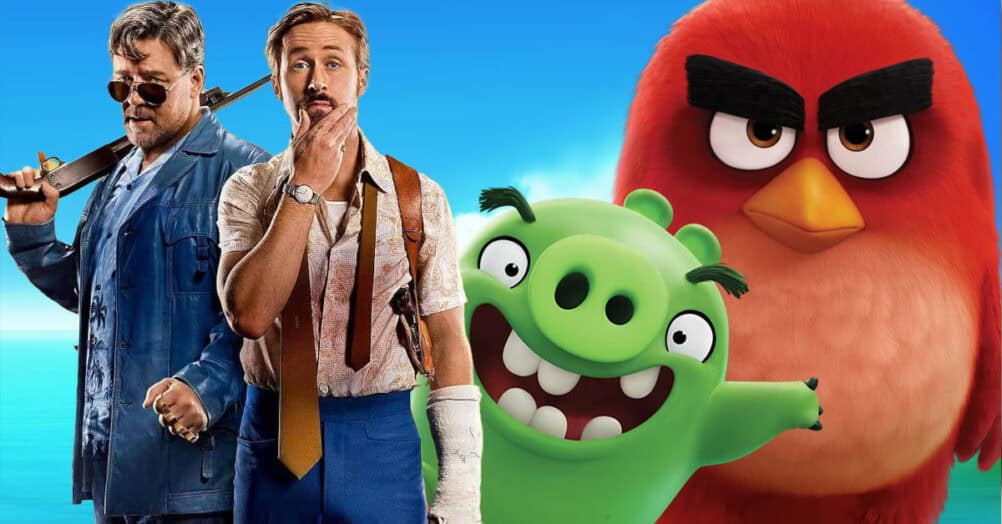
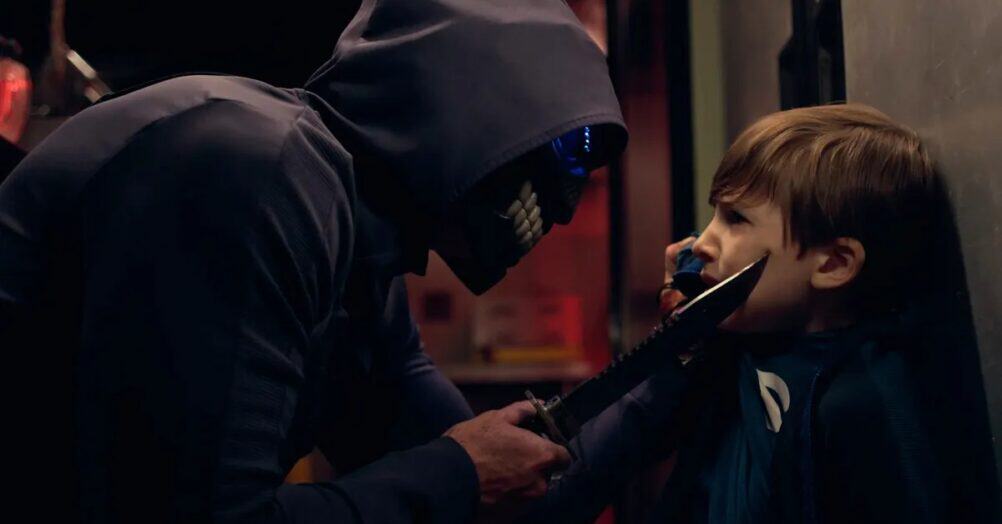
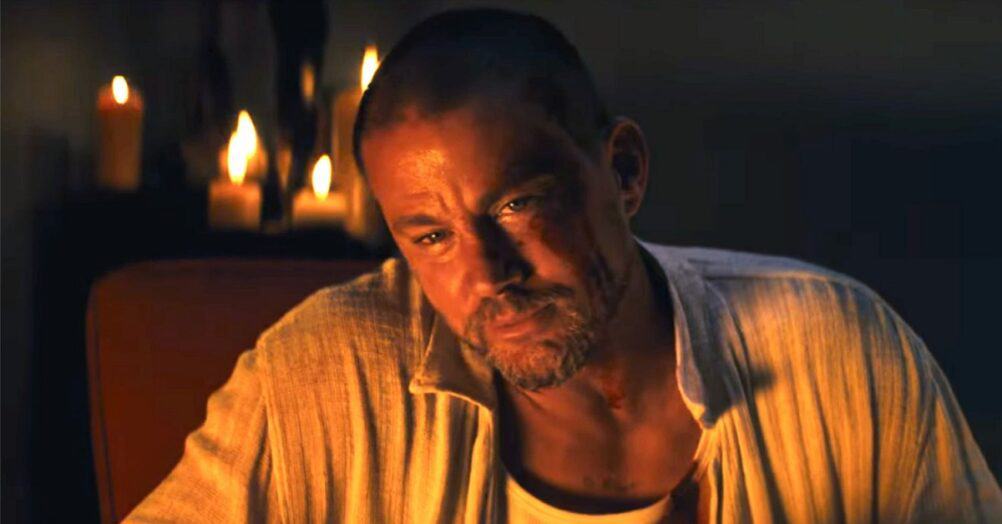
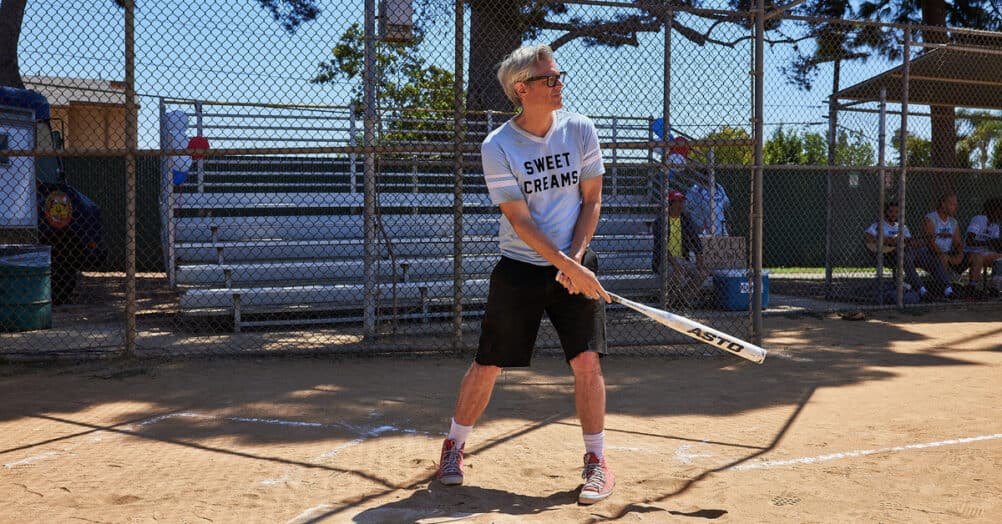
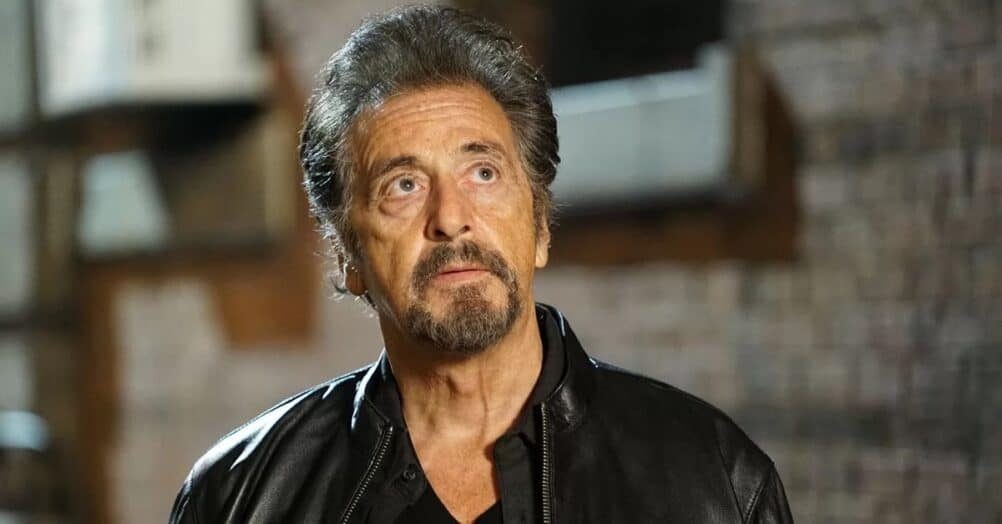
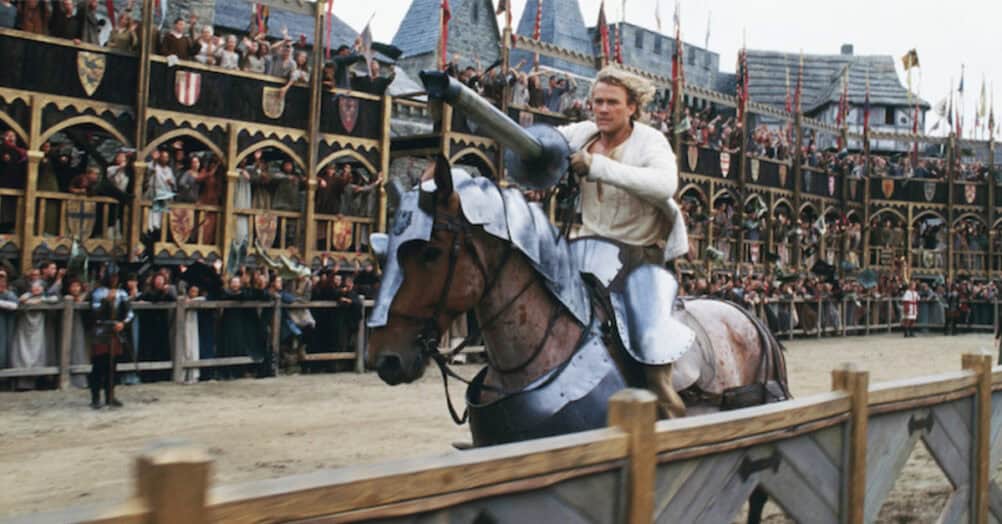
Follow the JOBLO MOVIE NETWORK
Follow us on YOUTUBE
Follow ARROW IN THE HEAD
Follow AITH on YOUTUBE